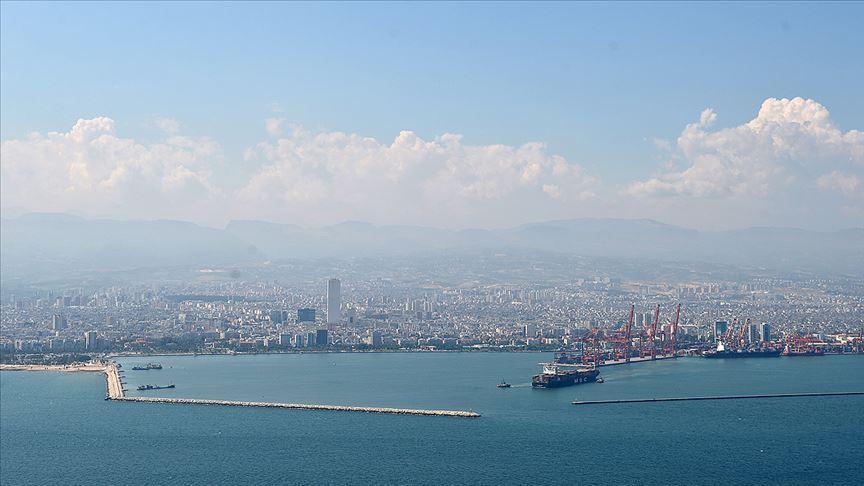
Air in Istanbul became more polluted this year after most of the measures that kept people at home and restricted the use of cars were scrapped.
The nitrogen dioxide level in the air in Turkey’s largest city, which is home to nearly 16 million residents, increased by 5 percent between Jan.1 and Nov. 12 from the same period of last year, data collected by the Istanbul Metropolitan Municipality’s weather quality monitoring stations showed.
The monitoring station in the Aksaray neighborhood recorded the highest nitrogen dioxide level at 84.4 percent, followed by the one in Çatladıkapı at 64.4 percent and the Ümraniye district at 54.4 percent.
The Şile district on the Black Sea coast had the cleanest air as the station there recorded the nitrogen dioxide level at only 5.6 percent.
Some 12 weather quality monitoring stations in the city reported higher air pollution in the January-November period from a year ago.
Last year, the government imposed very strict rules nationwide in order to bring the spread of the deadly coronavirus under control, including weekday curfews and lockdowns on weekends, as well as certain travel bans.
Due to those restrictions millions of people remained inside their homes, which meant fewer cars - one of the major polluters - on the roads.
During those months, many cities, including Istanbul, saw air quality improved.
As air pollution declined, even some days, the Mount Uludağ in the province of Bursa became visible to the residents of Istanbul.
However, the government later scrapped most of those restrictions to move to the normalization phase, which apparently led to a deterioration in air pollution.
Earlier this month, a thick and heavy fog descended on Istanbul, lowering visibility significantly on the roads, interrupting vessel traffic in the Bosphorus Strait, one of the world’s busiest seaways.
However, an expert said it was not fog but dangerous “smog.”
“Smog presents a serious risk to public health. This is a meteorological phenomenon but, on the other hand, it is the combination of fog and air pollution,” said Professor Engin Tutkun, the head of the Industrial Toxicology Association.
He also noted that smog is somehow related to the pandemic.
“During the pandemic, smog may increase deaths and affect more people with chronic respiratory problems,” Tutkun explained.
One of the most important causes of air pollution in the Turkish metropolis is traffic, according to Selahattin İncecik, chairman of the International Air Pollution Prevention and Environmental Protection Association.
“Traffic and motor vehicles are the most important factors causing air pollution in Istanbul for the last 21 years,” İncecik said.